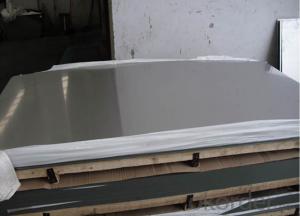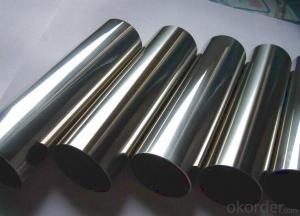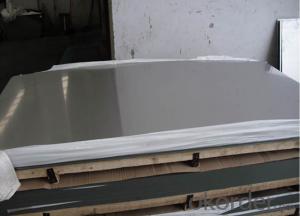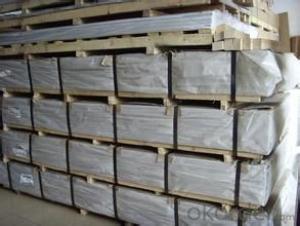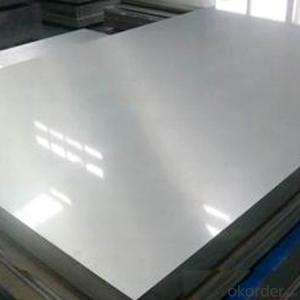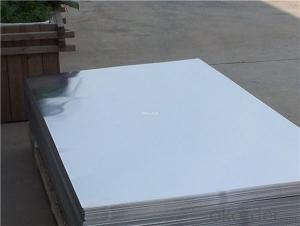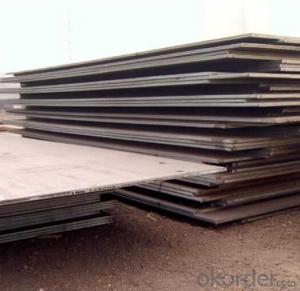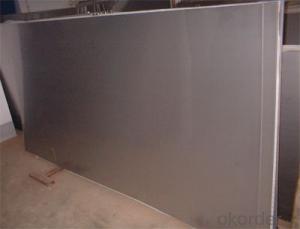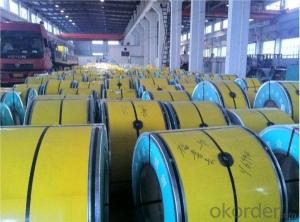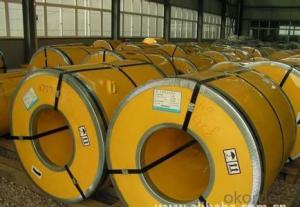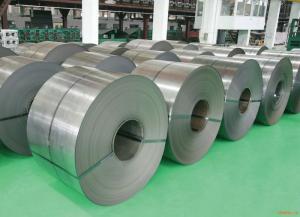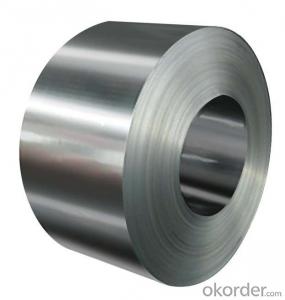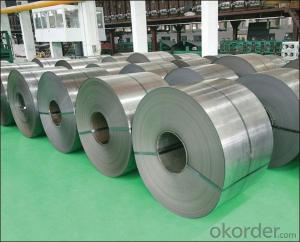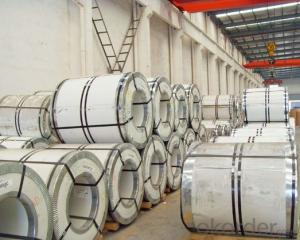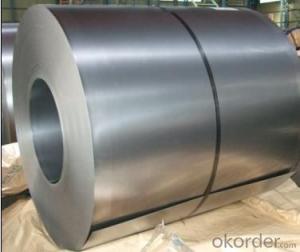316 Stainless Steel Sheet
316 Stainless Steel Sheet Related Searches
Best Paint For Stainless Steel Blanket Insulation For Steel Buildings Primer For Galvanized Steel Foam Filter For Stainless Steel H S Code For Stainless Steel Surface Grinding Wheels For Stainless Steel Surface Grinding Wheels For Hardened Steel Hole Saw For Stainless Steel Paint For Stainless Steel Stainless Steel For BbqHot Searches
Used Metal Folding Chairs For Sale Large Metal Containers For Sale Metal Shop Cabinets For Sale Metal Shipping Crates For Sale High Mast Light Price List Solar High Mast Light Specification Galvanized Steel Scrap Price Fiber Sheet Price In India Types Of Stainless Steel Grades High Mast Light Specification Stainless Steel Sheet Near Me Stainless Steel Type Type Stainless Steel Galvanized Steel Prices Stainless Steel Wholesale Stainless Steel Tubing Supplier Stainless Steel Supply Near Me Stainless Steel Supply Stainless Steel Sheets Near Me Scrap Stainless Steel Prices316 Stainless Steel Sheet Supplier & Manufacturer from China
Okorder.com is a professional 316 Stainless Steel Sheet supplier & manufacturer, offers integrated one-stop services including real-time quoting and online cargo tracking. We are funded by CNBM Group, a Fortune 500 enterprise and the largest 316 Stainless Steel Sheet firm in China.Hot Products
FAQ
- Certainly! Conveyor systems can indeed utilize stainless steel strips. Stainless steel, a material known for its durability and resistance to corrosion, is highly suitable for incorporation into conveyor systems. Its ability to handle heavy loads and endure high temperatures makes it particularly ideal for industrial settings. Frequently employed in the construction of conveyor belts, stainless steel strips offer both strength and stability, facilitating the seamless transportation of materials. Moreover, stainless steel's ease of maintenance and cleanliness ensure the long-lasting efficiency of the conveyor system.
- Yes, stainless steel strips can be used in construction applications. They are commonly used for various purposes such as framing, roofing, cladding, and structural support due to their excellent corrosion resistance, durability, and strength.
- To prevent discoloration of stainless steel strips, there are several steps you can take: 1. Regular cleaning: Stainless steel should be cleaned regularly to remove any dirt, grime, or other contaminants that can lead to discoloration. Use a mild detergent or stainless steel cleaner and a soft cloth or sponge to clean the strips. Avoid using abrasive materials or harsh chemicals that can scratch or damage the surface. 2. Proper drying: After cleaning, make sure to thoroughly dry the stainless steel strips to prevent water spots or mineral deposits from forming. Use a clean, lint-free cloth to dry the surface, ensuring no moisture remains. 3. Avoid exposure to harsh chemicals: Stainless steel is resistant to many chemicals, but prolonged exposure to certain substances can cause discoloration. Avoid contact with bleach, chlorides, acids, and other corrosive chemicals as much as possible. If accidental exposure occurs, rinse the strips immediately with clean water and dry thoroughly. 4. Protective coating: Applying a protective coating or finish can help prevent discoloration and enhance the appearance of stainless steel strips. There are various types of coatings available, such as clear lacquer, polyurethane, or wax. Follow the manufacturer's instructions for application and reapplication as needed. 5. Avoid high temperatures: Excessive heat can cause stainless steel to discolor or even warp. Avoid placing hot pans, pots, or other objects directly on the stainless steel strips. Use trivets, pot holders, or heat-resistant mats to protect the surface. 6. Regular maintenance: In addition to regular cleaning, periodic maintenance can help prevent discoloration. Inspect the strips for any signs of damage or corrosion, and address any issues promptly. If discoloration does occur, there are stainless steel cleaners and polishes available that can help restore the original appearance. By following these preventive measures and maintaining proper care, you can significantly reduce the risk of discoloration and keep your stainless steel strips looking clean and vibrant for longer periods.
- Yes, stainless steel strips can be used in the manufacturing of kitchen appliances. Stainless steel is a popular choice for kitchen appliances due to its durability, resistance to corrosion, and ease of cleaning. Stainless steel strips can be utilized to create various components and surfaces in kitchen appliances, ensuring a sleek and modern look while providing excellent functionality.
- Stainless steel strips resist chemical exposure due to their unique composition and properties. Stainless steel is primarily made up of iron, chromium, and other alloying elements such as nickel and molybdenum. The presence of chromium in stainless steel forms a protective layer of chromium oxide on the surface, which acts as a barrier against chemical attack. This chromium oxide layer is highly stable and prevents the underlying metal from reacting with chemicals or corroding. It is this self-healing and passive nature of stainless steel that provides excellent resistance to various chemicals, including acids, alkalis, and corrosive substances. Additionally, stainless steel strips can be further enhanced to improve their chemical resistance by adjusting the composition or adding specific alloying elements. For example, increasing the nickel content can enhance resistance to certain acids, while adding molybdenum can improve resistance to chloride-containing environments. Furthermore, stainless steel strips can be treated with various surface finishes or coatings to provide additional protection against chemical exposure. These treatments can include passivation, electropolishing, or applying specialized coatings that offer enhanced chemical resistance. Overall, the combination of the inherent composition and the ability to customize stainless steel strips makes them highly resistant to chemical exposure, making them suitable for a wide range of applications in industries such as chemical processing, pharmaceuticals, food processing, and more.
- Stainless steel strips prove to be an excellent option for food processing purposes, given their high suitability. The food industry widely embraces stainless steel due to its exceptional resistance to corrosion, durability, and hygiene. It remains inert when in contact with food, ensuring that the taste and quality of processed food remain unaltered and uncontaminated. Additionally, stainless steel strips are effortless to clean, guaranteeing the required level of sanitation in food processing environments. Furthermore, stainless steel possesses remarkable strength, enabling it to endure extreme temperatures, thus rendering it perfect for cutting, slicing, and packaging procedures. In summary, stainless steel strips are a dependable and secure choice for food processing applications.
- Stainless steel strips and carbon steel strips differ in various aspects, making them suitable for different applications. The main distinction lies in their composition and the presence of additional elements. Stainless steel strips are primarily composed of iron and chromium, with the addition of other elements such as nickel, molybdenum, and manganese. This composition gives stainless steel its corrosion-resistant properties, making it ideal for applications where exposure to moisture or chemicals is expected. Additionally, stainless steel strips possess excellent heat resistance, making them suitable for high-temperature environments. On the other hand, carbon steel strips consist mainly of iron and carbon, with minimal amounts of other elements. Carbon steel is known for its strength and durability, making it suitable for applications that require high tensile strength and hardness. However, carbon steel is susceptible to corrosion, especially when exposed to moisture or certain chemicals. Another key difference between stainless steel and carbon steel strips is their appearance. Stainless steel has a distinct silver-gray color and a smooth, shiny surface, giving it an aesthetically pleasing look. Carbon steel, on the other hand, usually has a duller appearance, with a rougher surface texture due to the presence of impurities. Furthermore, stainless steel strips are more expensive than carbon steel strips due to the additional elements used in their composition, as well as their superior corrosion resistance and other properties. This cost difference is an important consideration when choosing between the two materials for a specific application. In summary, stainless steel strips and carbon steel strips differ in terms of their composition, corrosion resistance, heat resistance, appearance, and cost. Understanding these differences is crucial in selecting the appropriate material for a particular application, ensuring optimal performance and longevity.
- Indeed, it is possible to bend or form stainless steel strips. Stainless steel possesses exceptional malleability, allowing for effortless shaping and bending into diverse configurations. This attribute has contributed to its widespread adoption across multiple sectors, encompassing construction, automotive, and manufacturing. To shape or bend stainless steel strips, a variety of techniques can be employed, including cold bending, roll forming, and press braking. The choice of method hinges upon the desired form and the thickness of the stainless steel strip. Nevertheless, it is crucial to acknowledge that achieving precise and optimal outcomes in the bending or forming process necessitates specialized equipment and expertise.

















